Live Chat
Need Help?
Privacy PolicyArduino®: At the Heart of the Maker Movement
Arduino is a hardware and software environment for making interactive objects that can sense and control the physical world. Since 2005, a worldwide community of makers has gathered around this open source platform. Our microcontrollers (MCUs) were there from the outset, providing first the AVR® MCUs, and later the SAM MCUS, as the hardware side of the equation. Artists, designers, inventors, engineers, musicians and even school children use Arduino with boards designed around AVR or Arm®-core based MCUs to turn brainstorms into real working things.
By delivering a unique combination of performance, ease of use and a free GNU GCC compiler, our MCUs perfectly complement Arduino and the needs of makers. Microchip MCUs and Arduino are the original duo at the heart of the global maker movement.
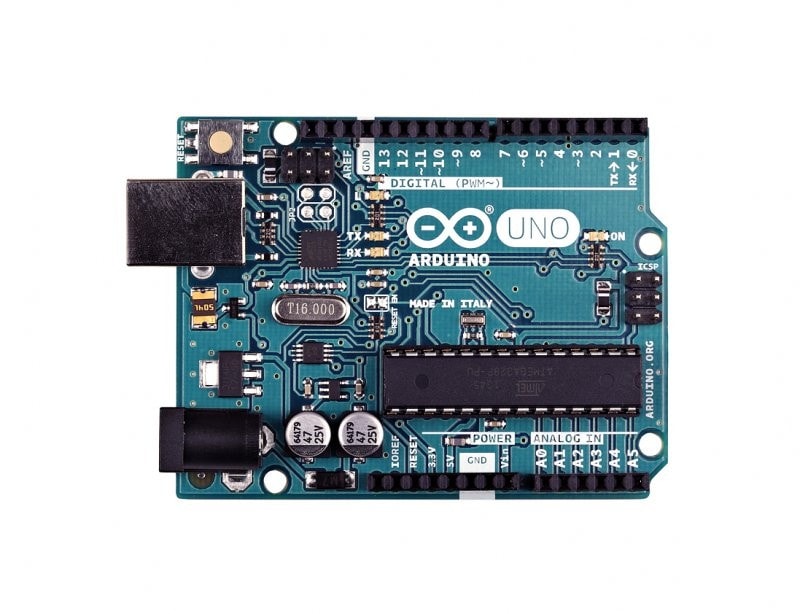
Videos for Arduino Users
Resources for Makers
Featured Development Boards

Arduino UNO
The reference standard in the Arduino development environment, the Arduino UNO is usually the entry point into the Arduino ecosystem. It is supported by thousands of examples, projects and tutorials on the web. The board's form factor, now in its third major revision, is known throughout the Maker community as Arduino Shield R3. The Arduino UNO is based on our ATmega328P microcontroller (MCU), which is one of the most popular MCUs in the Maker/DIY space.
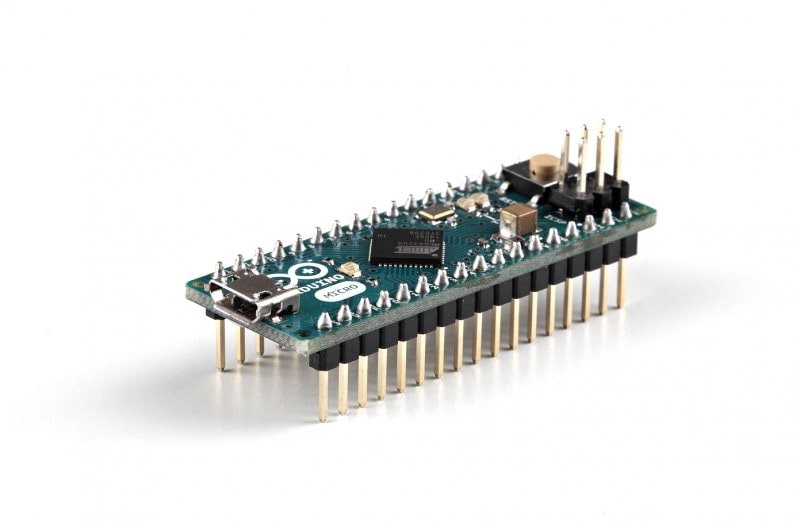
Arduino Micro
The Arduino Micro is a small-form-factor board that is based on the ATmega32u4 instead of the ATmega328P. The ATmega32u4 is in the same family at the ATmega328P, but also features a USB 2.0 low/full speed USB interface on chip. This board is supported by a large number of examples and projects in the Arduino environment.
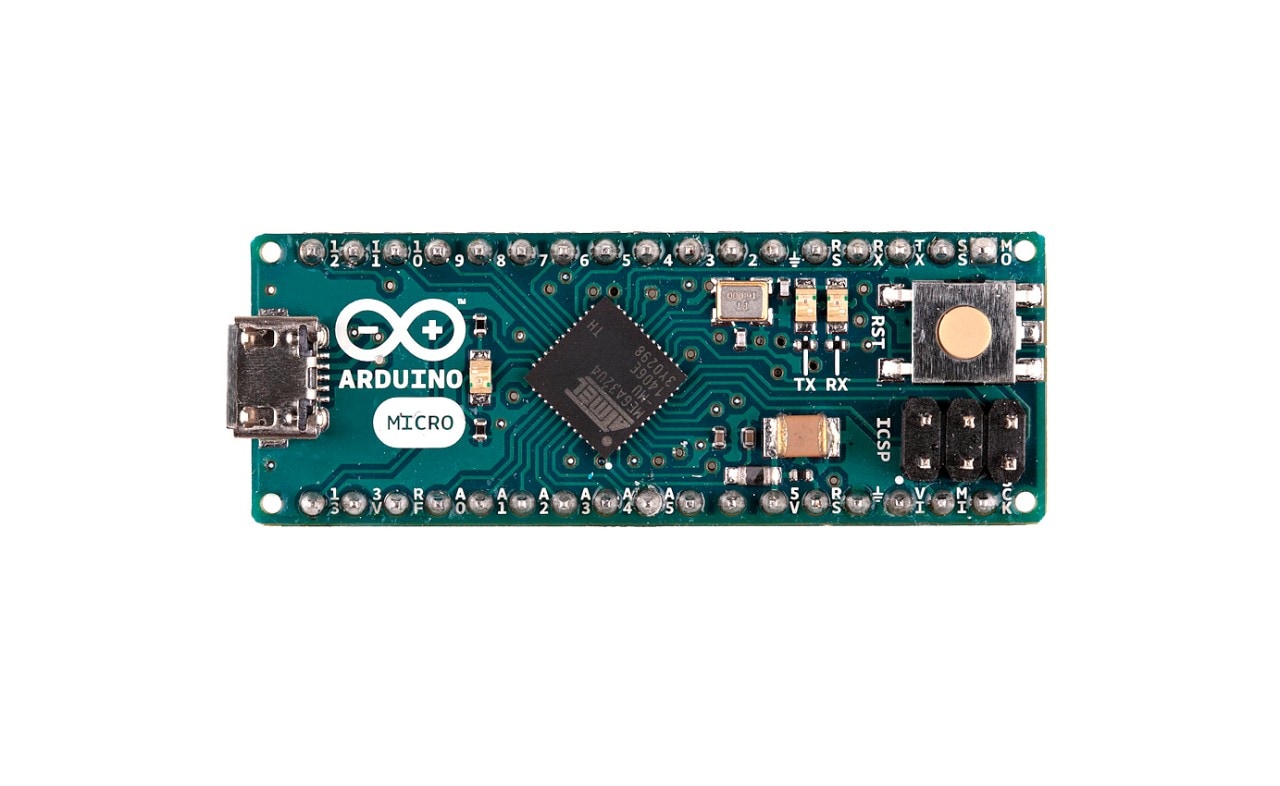
Arduino Nano
The Arduino Nano is essentially a clone of the Arduino UNO in a small DIP-like package similar to the Arduino Micro. Like the UNO, the Nano is based on the ATmega328P and provides an external USB serial bridge chip that is located on the bottom side of the board. This board, along with the Arduino Mini, is a very popular choice for wearables projects because of its small size.

Arduino Nano Every
The Arduino Nano Every is the latest update to the popular Nano footprint. It uses the ATmega4809 MCU, which provides more Flash and RAM memory plus an improved power supply at a more economical price.
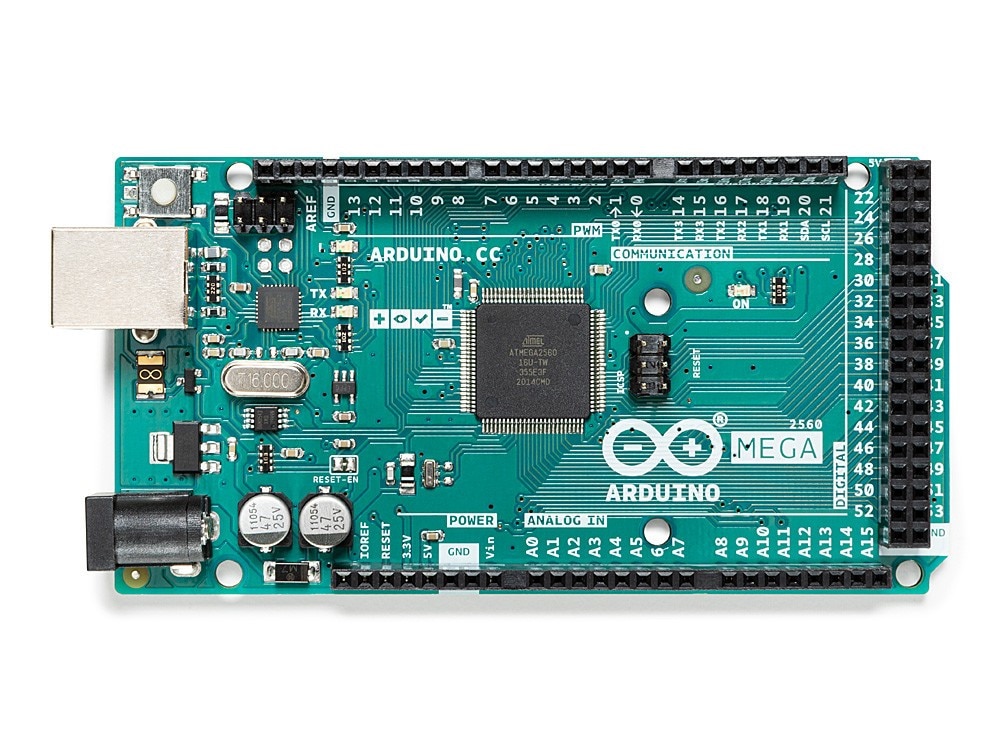
Arduino Mega 2560
The Arduino Mega 2560 is the largest ATmega-based Arduino platform. For projects running out of program space and GPIO pins, the Mega 2560 is the end of the line for the 8-bit MCU-based Arduino family. Because the 100-pin ATmega2560 MCU offers so many I/O pins, a new Shield format was introduced to support it. The ATmega2560 provides 256 KB of program memory, 8 KB of RAM and multiple copies of basic peripheral interfaces such as UART, SPI and I2C channels. The Arduino Mega 2560 continues to be one of the base processor platforms for many 3D printers because of the large number of GPIO pins available.
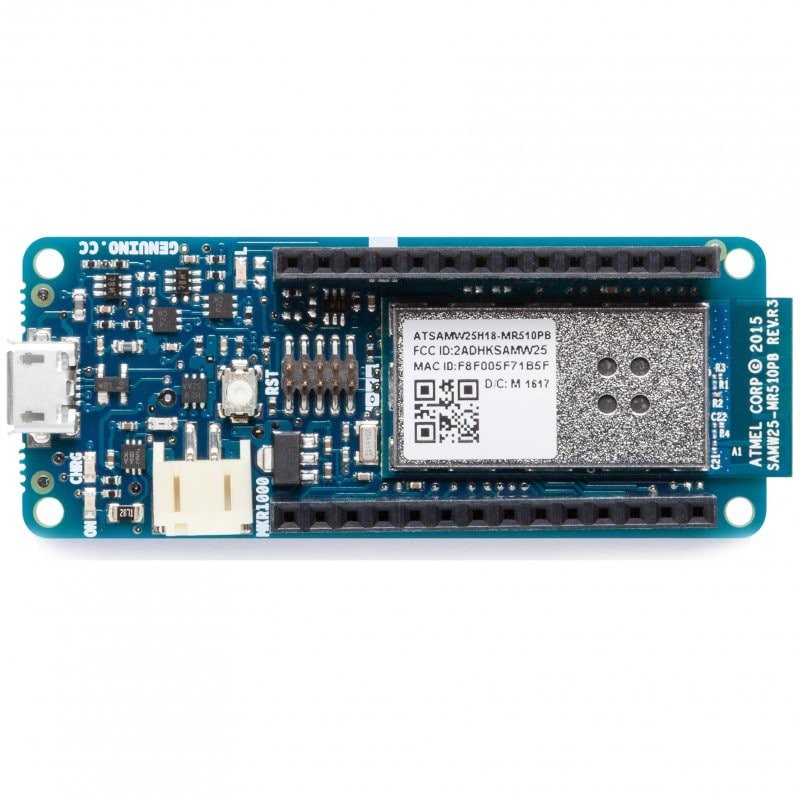
Arduino MKR 1000
The Arduino MKR 1000 is the first MKR-based form factor board introduced by Arduino. The MKR format is similar to, but not the same as the Nano, Micro and Mini footprints of the smaller Mega platforms. Its smaller form factor is suitable for wearable projects and more Pro Maker projects that require a more robust and compact form factor. The Arduino MKR 1000 is based on the SAMW25 Wi-Fi® SOC, an FCC-certified module that combines the SAMD21G18 MCU with the WINC1500 low-power 802.11 b/g/n Wi-Fi controller. The module also includes an ATECC508A CryptoAuthentication™ IC which supports AWS for secure connectivity to the Amazon cloud.
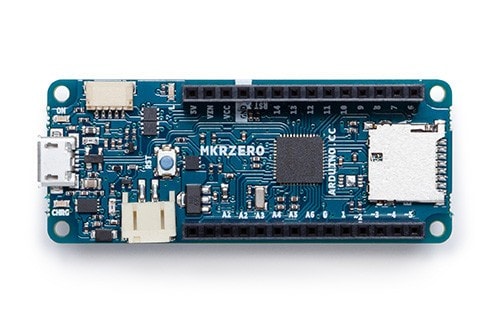
Arduino MKR Zero
The SAM D21-based Arduino MKR Zero is the MKR footprint-based version of the Arduino Zero with some extra connections to take advantage of the I2S™ digital audio interface. The micro SD socket allows digital audio files to be stored externally in standard MS-DOS file system formats. This is a very popular platform for audio-based wearables.

Arduino MKR WAN 1300
Based on the SAM D21 MCU, the Arduino MKR WAN 1300 combines the Arduino Zero base processor with a LoRa® module.
Helpful Links
- Arduino GitHub Repository
- Microchip GitHub Repository
- Optiboot AVR Bootloader GitHub Repository: the smallest bootloader for AVR® MCU-based Arduino products
- User communities where enthusiasts help each other:
- AVR Freaks® Forums: Information on AVR® and SAM MCUs
- Microchip Forums: Information on PIC® MCUs and many other Microchip products
- Microchip’s YouTube Channel: Tutorials and other videos
Need Some Help?
We are here to support you. Contact our Client Success Team to get assistance with your design.
